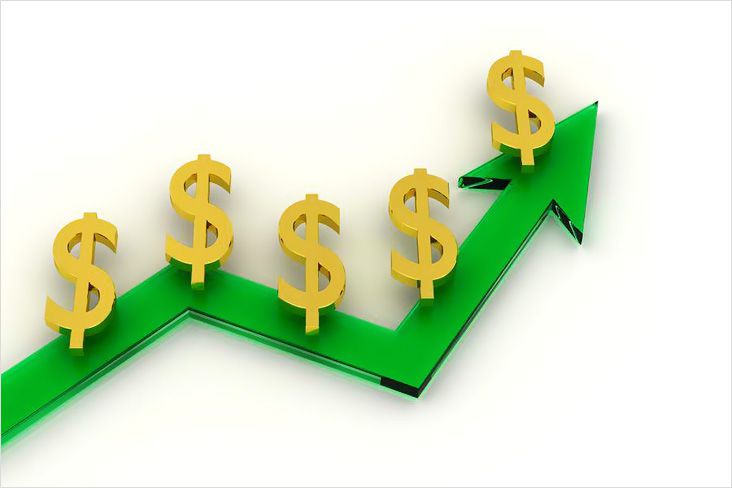How to count dividends
 The dividend is considered to be the part of the profit of the organization, which is distributed among the owners in proportion to their ownership. Thus, in an open or closed joint-stock company, dividends will be distributed among shareholders.
The dividend is considered to be the part of the profit of the organization, which is distributed among the owners in proportion to their ownership. Thus, in an open or closed joint-stock company, dividends will be distributed among shareholders.
Shareholders themselves determine the amount of dividends and the procedure for their payment at a special meeting. Dividends may be paid several times a year, or never paid. Payment of dividends leads to a decrease in the capitalization of the organization. In addition, it is always necessary to have a stock of savings that cannot be allowed for reinvestment.
Dividends can be divided into intermediate and final. The first are paid during the year, the second – at the end. In addition, dividends can be paid in cash or in the form of shares.
Thus, a dividend is any income that a shareholder or member of the company will receive when distributing the profit of the organization after taxation. Income must necessarily be calculated in proportion to the share of the participant in the authorized capital of the company.
Because of what may be reduced the amount of dividends
As you know, companies do not always pay the full cost of dividends. Part of the profit may remain on the balance sheet of the organization. This may be due to the following factors:
the company is committed to stability. Sometimes companies can not change the size of dividends despite the growth or decline in profits of the enterprise. Thus, the organization tries to foresee all possible fluctuations in the market and to protect the budget in the future from sharp jumps;
there was a need for investment. This may be the need to use the company’s funds or to set aside a certain amount in case of unforeseen circumstances;
there was a desire to demonstrate prospects. As a rule, a dividend increase can be viewed as the growth of a company, a positive development dynamic;
difference in tax calculation. Often, dividends are taxed at a higher rate;
management and planning. Dividends may be needed for further expansion of the company. In addition, you must have a small stock of funds in case of an unplanned drop in profits.
Dividend calculation
Dividends must be paid in proportion to the contributions of participants or shareholders. In order to correctly calculate the amount of dividends, you need to know the amount of profit for the billing period, the amount of tax deductions and the share of the company’s net profit. In addition, the calculation will require information about the level of payments on preferred shares and the number of shares, both preferred and ordinary. The main difference is that preference shares are paid fixed income, while the usual amount varies. The first will be calculated profit for preferred shares. Only after this the profit balances are distributed on ordinary shares.
Note! It is important that dividends can be considered only after the payment of all tax payments, as well as the replenishment of the development fund and reserve base.
Dividends can be paid for different periods – month, quarter, half year, year.
Dividend Calculation Procedure
The first step is to find the net profit of the organization. It can be obtained as the difference between the taxable profit and the amount of the profit that was deducted to the budget.
During the creation of the charter of a limited liability company, it is determined how much of the profit as a percentage goes to dividend payment. This figure is multiplied by the amount of net profit.
Of this amount, dividends are paid on preferred shares. The remaining amount is distributed proportionally to ordinary shares, taking into account their nominal value.
Dividend Restrictions
In various situations, the founders can not get their dividends, even if documented they exist. One of the examples is the execution of a loan agreement in which this condition is clearly written up to the time of debt repayment. Thus, the lender may receive additional insurance, a guarantee of timely return of funds.
A bankrupt enterprise is not entitled to pay dividends
In addition, the law also prescribes a number of cases:
if not paid full share capital;
at occurrence of signs of the coming bankruptcy in the organization;
if the payment of dividends may entail the bankruptcy of the organization;
in the case when the value of the assets does not exceed the value of the share capital and the reserve fund;
in case after the payment of dividends the value of the assets will be less than the value of the authorized capital of the reserve fund.


